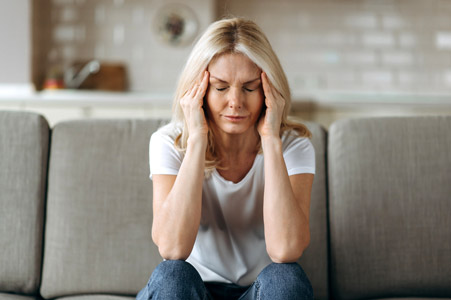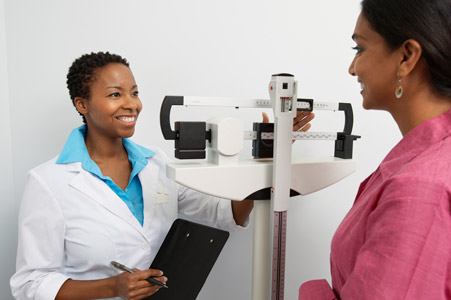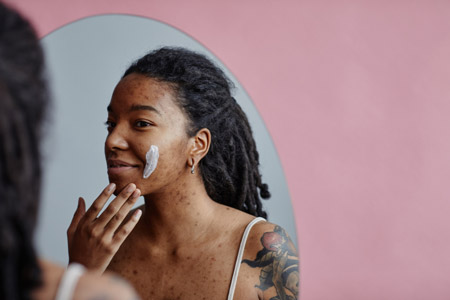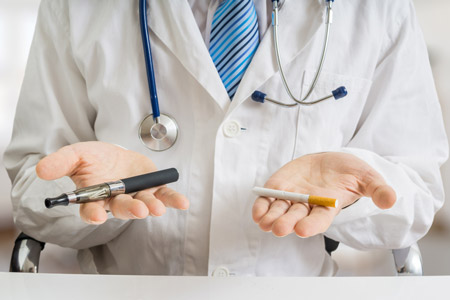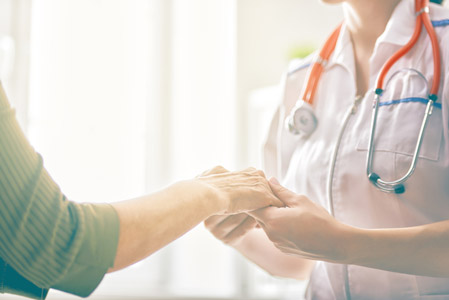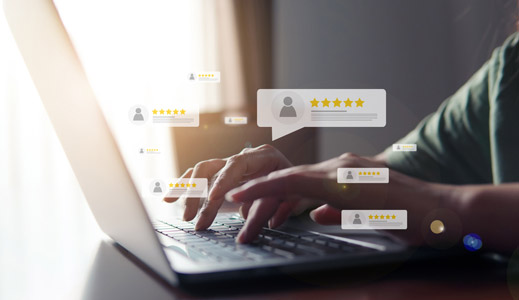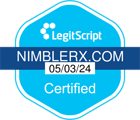


Living with Acne
Living with acne can be challenging, but you don't have to face it alone. Whether you have recently been diagnosed or have been managing acne for a while, we are here to help you on your journey toward relief, self-care, and empowerment.
What Is Acne?
Acne is a very common skin condition that occurs when hair follicles become clogged. People with acne have a range of symptoms including uninflamed blackheads, pus-filled pimples, and tender bumps. Acne mostly affects the face but also affects the chest, back and other parts of the body.
How Acne Is Diagnosed
A healthcare professional will examine the skin on your back to at your breakouts. They will note the different kinds of acne you may have, where it’s located, and if it has left scars on your skin.
They will ask you questions like when did the breakouts start and what have you already used to treat them.?
Back Acne
Back acne usually occurs when sweat, oil, or dirt clogs pores. It can also happen when clothing rubs or presses on sweating skin and trapping it in pores. There are both over-the-counter and prescription drugs to treat back acne.
Prescription medications for back acne might include: Oral antibiotics, prescription washes and lotions.
There are also many over-the-counter treatments for back acne such as Benzoyl Peroxide washes. When using, be sure to leave the wash on the pimples for 3 to 5 minutes before rinsing. Salicylic acid products and retinoid (like Differin) products can also be used on the back.
Other tips for back acne - Use clean linens and towels - change often to keep bacteria away. Wash sports equipment often. Use an oil free and “noncomedogenic” body wash so it won’t clog pores. Wear loose fitting clothing or clothes that wick sweat away from the body.
Face Acne
Facial acne can vary from person to person. Blackheads and whiteheads may be treated differently than pimples or cysts. A dermatologist can look at your skin to diagnose and treat acne. They will ask you questions about your skin and examine it before developing a treatment plan for acne.
Possible Acne Treatments
Acne treatment plans depend on a lot of factors. Two people with the same amount of breakouts may be treated differently. Age, gender, medical history, and type of breakouts are all things a healthcare professional will take into consideration.
Blackhead and Whitehead Treatment
Treatment for these kinds of breakouts usually starts with a topical treatment. Topical medications for blackheads and whiteheads include
- OTC or prescription retinoid
- A combination of a retinoid along with Benzoyl Peroxide, azelaic acid, or salicylic acid
- Benzoyl Peroxide and a topical antibiotic
Mild to Moderate Pimples
Treatment for these kinds of breakouts usually starts with a topical treatment. Topical medications for pimples include
- OTC Benzoyl Peroxide
- Retinoid
- Azelaic acid
- A combination of the above
- Topical antibiotic
Severe Acne
Severe acne includes deep, painful cysts and other acne not cleared up by other medications. This kind of acne can lead to scarring so it is important to treat it. Treatments include:
- Oral antibiotics along with topical treatments
- Hormonal birth control or other hormonal treatments
- Isotretinoin (Accutane)
For more information about Acne treatment plans make sure to contact your healthcare provider.



















.jpg)





















.jpg)








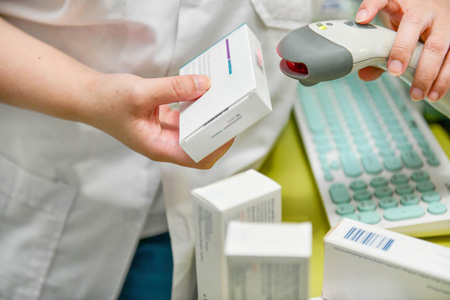
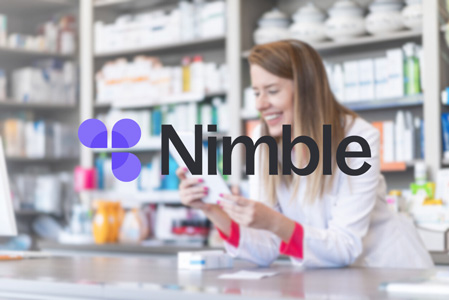



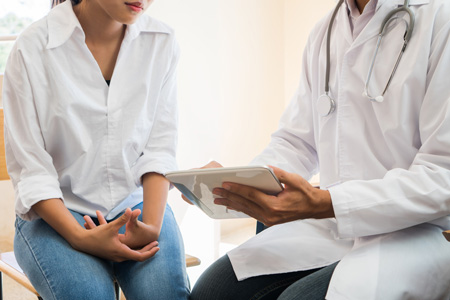


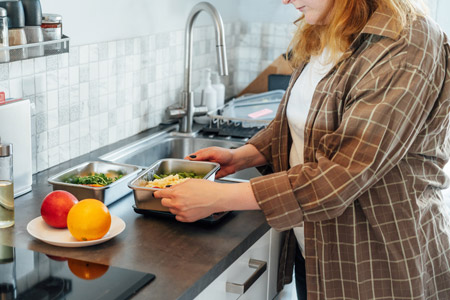
.jpg)

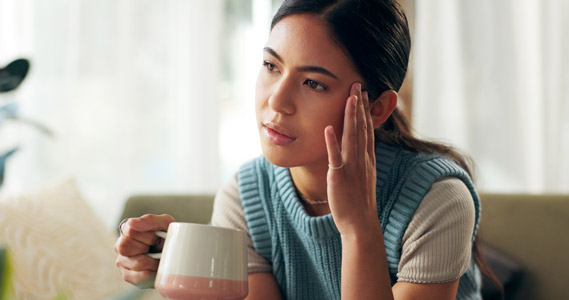

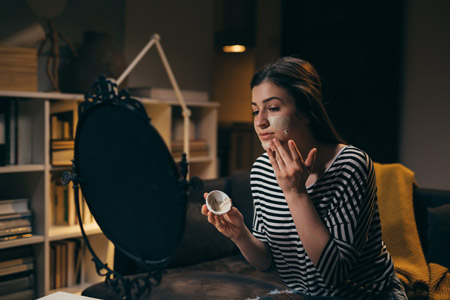
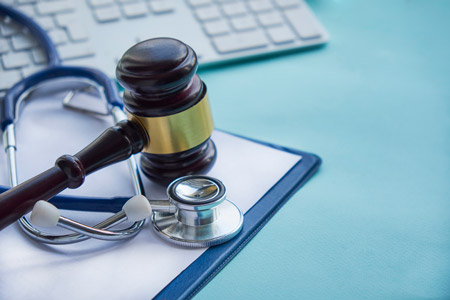

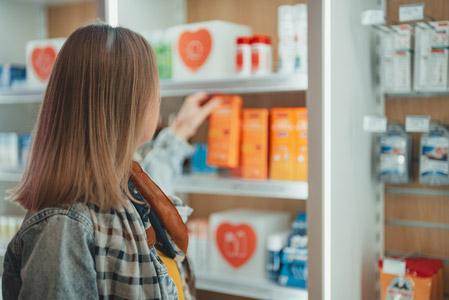



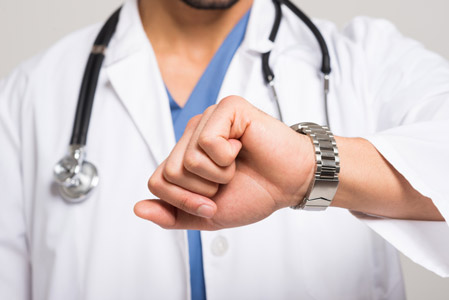



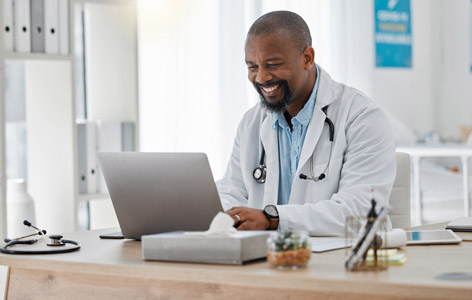

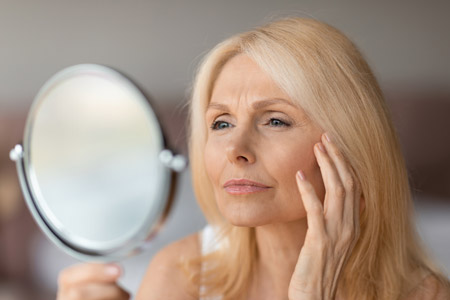
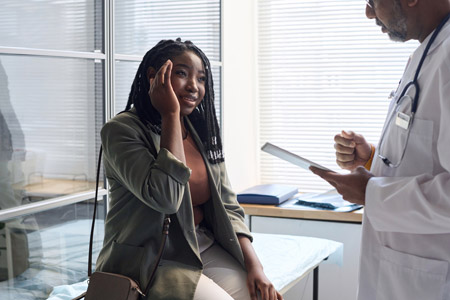
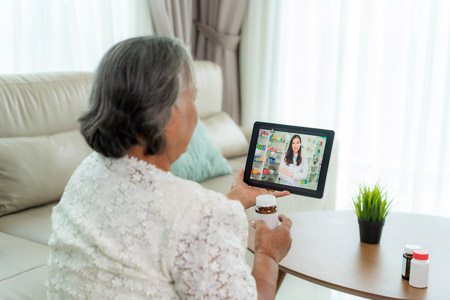
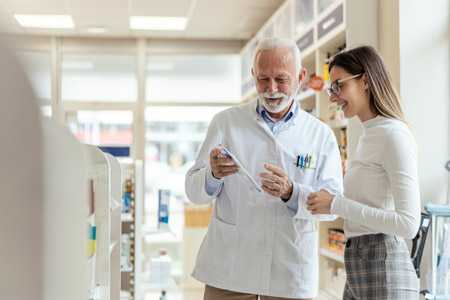
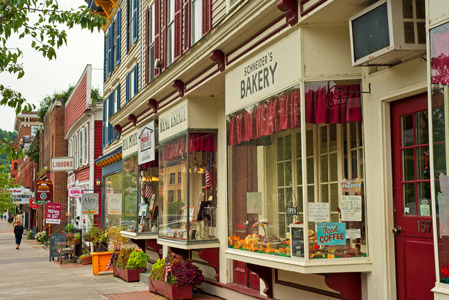
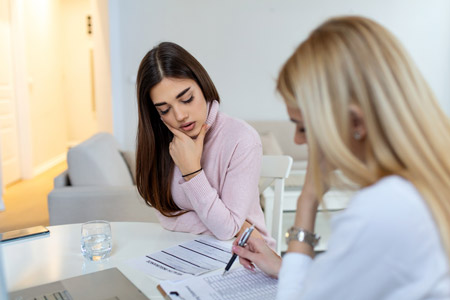
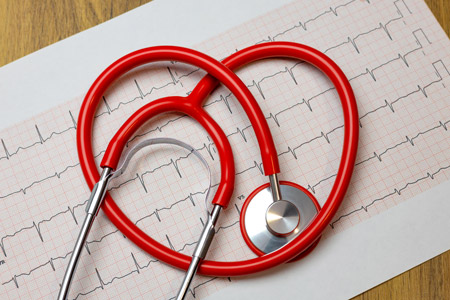



.jpg)
.jpg)
.jpg)
